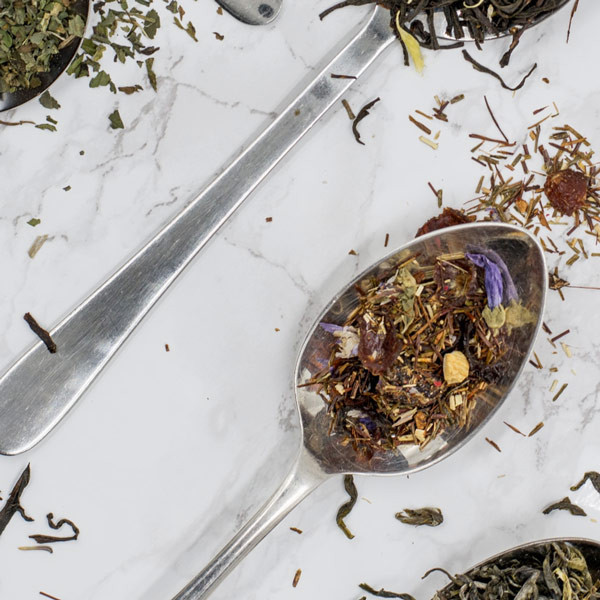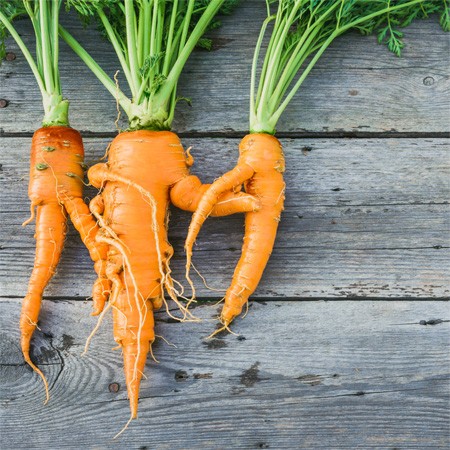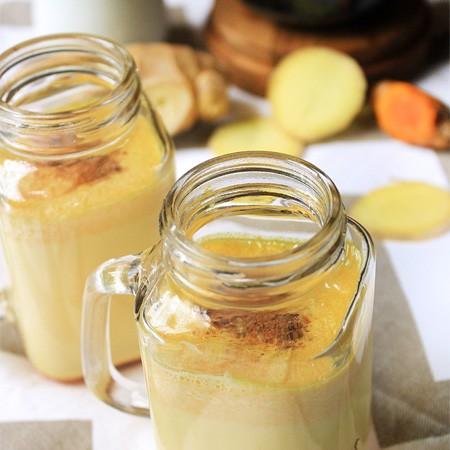Juices are great, they pack a lot of energy, vitamins, minerals, and antioxidants all into one tasty drink. Often sold as a health drink, many people rely on juices as a healthy snack between meals. Unfortunately however, juices are far from perfect, and in some cases can actually be detrimental to your health.
You might be asking how this is possible since juices are considered by many to be the trick to maintaining optimal health. The answer is in the sugar.
As more and more people are beginning to realise this, there is a new wave of health drinks that are beginning to grow in popularity because they avoid the fundamental problem with juices. We call them "tonics" and in some circles they are instead referred to as "elixirs".
The Problem with Juices
Juices contain high amounts of minerals, phytochemicals, fiber, and sugar. When making a juice, most juicer machines will shred the fruit, and squeeze out all the juice into the cup below. The problem herein lies in the fact that the vast majority of fiber is removed from the juice. The resulting, nutritious liquid packs a ton of vitamins and minerals, but also a large dose of sugar.
Sugar from fruit is still sugar. What makes fruit sugar healthier than processed sugar doesn’t relate to the type of sugar it is, rather, it’s what else comes along with the sugar.
In the whole fruit, every gram of sugar comes with varying degrees of fiber. This fiber slows the breakdown of the sugar, and balances the highs and lows that come along with anything high in sugar. Instead of the sharp blood sugar high, and subsequent crash, juice with the fiber included, results in a much slower increase in blood sugar, that gradually fades again once it's reached it's peak. This means no crash afterwards.
In juice that has had the pulp or fiber removed, the sugar acts the same as a snack or beverage high in sugar. The blood sugar will spike sharply, giving a boost of energy. Within about 2-3 hours afterwards, this sugar will drop off again just as fast, leaving you feeling fatigued, anxious, and hungry. This, like anything high in sugar, is not going to be good for your health in the long term.
It is easy to see then why it is important to keep the fiber in the juice for the best effects on health. The problem is that in order to do this, you must tediously hand squeeze your juices without filtration, or to purchase a juicer that keeps the pulp intact in the final product. These work well, but can be expensive, and the final fiberous juice may not be to everybody's liking.
A photo posted by TURMERIC ELIXIR BY @YOGA_GLOW (@turmelixir) on Jan 2, 2017 at 9:00pm PST
Why tonics are the solution
Tonics on the other hand, are based off an entirely different principle. No fancy juicer is required. Instead, they rely on the specialised plant chemistry of herbs to provide health benefits.
What Are Tonics?
A tonic can be a few different things. In Chinese medicine, where tonics are very popular, a tonic is considered a separate classification from both medicine and nutrition. They are substances that tweak various areas of the body to keep them in balance. The central principle in Chinese medicine is to maintain balance of the entire system. Tonics then are the substances used to make the small nudges on either side of this balance. They are the precision tuners of the body.
Medicine in this comparison are the heavy lifters. They push the body hard in one direction or another to bring us back from larger imbalances.
In western cultures, many people use tonics in a similar way, and they are becoming an ever more popular addition to one's daily routine as a nutritional, or medicinal supplement. They allow us to fine tune our health in different ways, for exampke some take tonics to prevent heart disease or cancer if they have a family history of the condition, some take them to improve their memory, and others take them to keep their immune system strong and ward of potential sick days.
What Can Tonics Offer That Juices Can’t?
The main difference between tonics and juice is the source. Juice is based on fruits and vegetables and mainly target the nutritional side of things. They offer a large dose of sugar, making them useful as a preworkout drink. They often have a high amount of vitamins, and minerals as well to add a more rounded nutritional profile.
Tonics are instead based on herbs. They tend to have less sugar, and a much wider amount of specialised chemicals. As such, they do not offer the same nutritional support as a juice, but can offer some serious health promoting actions inside the body all the same. They can tone the heart, lower your tolerance for insulin, boost our immune system, improve our brain chemistry, and even improve our ability to reproduce.
Many people claim that juices can do all of these things too, the difference is that a juice can support it through nutrition, but doesn't have the same ability to actually "cause" it to happen. Cordyceps for example, which are commonly used tonic herb, has chemicals that specifically tell the bone marrow to produce more red blood cells. With more red blood cells, more oxygen can be delivered to the cells. The heart won’t need to work as hard to meet oxygen demands, and we will experience less fatigue. Many athletes use it to improve their athletic performance in this way. Juices on the other hand, improve energy short term by spiking blood sugar levels. Once the blood sugar drops again we're left with even less energy than when we started.
Tonics can do what juices promise to do, only better, and with longer lasting effects.
How Do I Start Using Tonics?
Tonics can be bought just like the cold pressed juices you're used to. Many brands like to actually combine a tonic with cold pressed juice to combine the benefits of each into one easy to use package.
Recently, there have also been a few tonic shops popping up across Australia. They work just like a cafe or bar, but offer their own blends of house tonics and elixirs. One of the most popular ones at the moment is Elixiba which is popping up in a number of locations including the Sunshine Coast, Gold Coast, Byron Bay and Bondi Beach in Sydney. You can expect to see more tonics becoming available in the near future as people learn the health benefits herbal beverages can have over the fading juice trend.
If you want to start making your own tonics, the best way is to purchase some of the most well known and safest tonic herbs, and mix them up together. Sources like The Sunlight Experiment provide in depth information on many of the tonic herbs, and the doses that they should be used at. You can buy the herbs as liquid extracts and combine them together to make your own herbal tonic formulas.
It depends on what you want to achieve with the tonic that will determine what herbs should go into the formula. Below are some sample formulas to start you off.
What Are Some Tonics I Can Make At Home To Get Started?
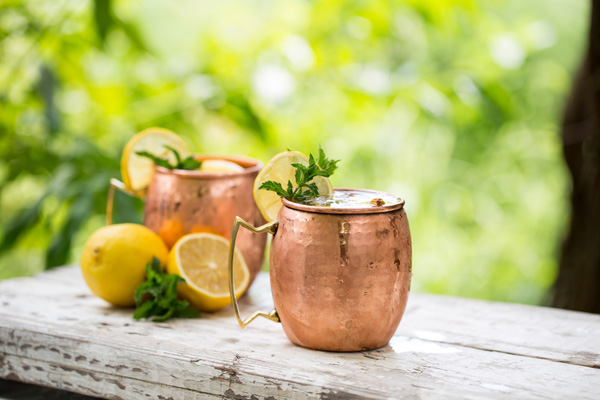
Immune Booster Elixir
Use about 150 ml of cold pressed or freshly squeezed orange juice and combine with grated ginger about 2cm long piece), some honey (about 2 spoons), and a few drops of stevia extract to create a delicious immune boosting elixir. You can make this even better by adding in a liquid herbal extract of astragalus, reishi, or chaga.
Brain Tonic
Grate a 2cm pieces of turmeric rhizome and ginger rhizome and combine them together. Whisk this together with about 2 spoonfuls of honey, 150 ml of pineapple juice, and about 3 ml of gotu kola tincture.
Energy tonic
Combine a shot of espresso, with 15g of cacao powder, 30g of maca, a pinch of cayenne powder, and about 150 ml of boiling water. Stir them all together and enjoy! You may need to add a little bit of coconut sugar or stevia to round out some of the bitter flavors in the tonic. The choice is yours!
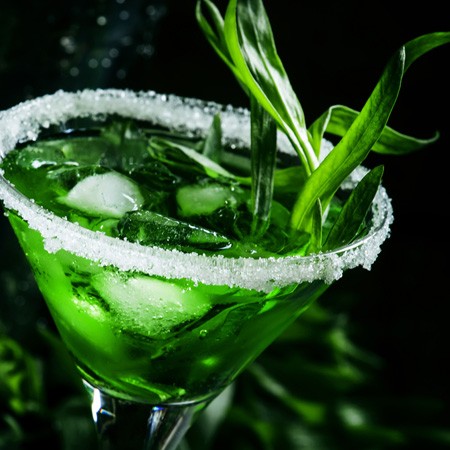
Love Health?
From recipes, trends and discounts, expect great things via email this month.
More Great Reads!

Behind The Brand: Antipodes
Recipes We Love!
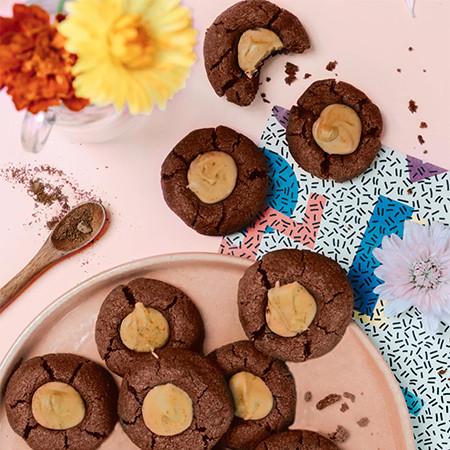
Clever Cookies







